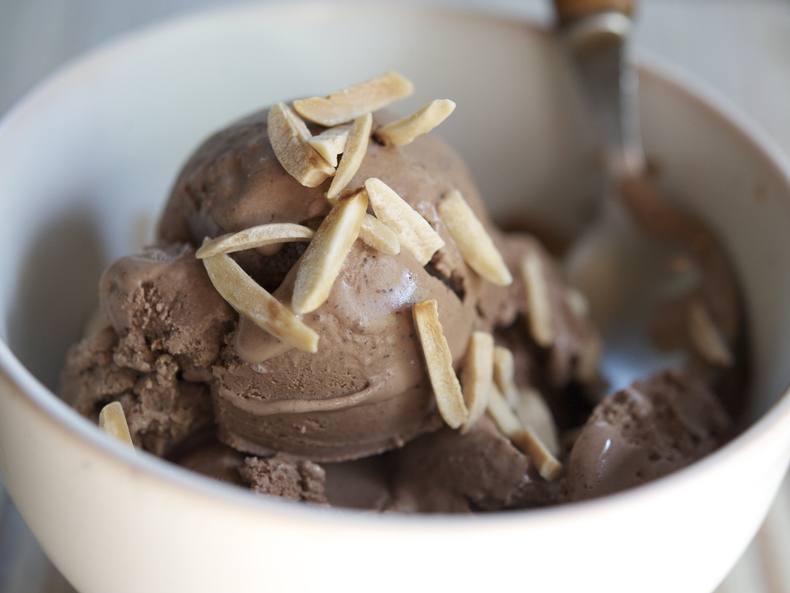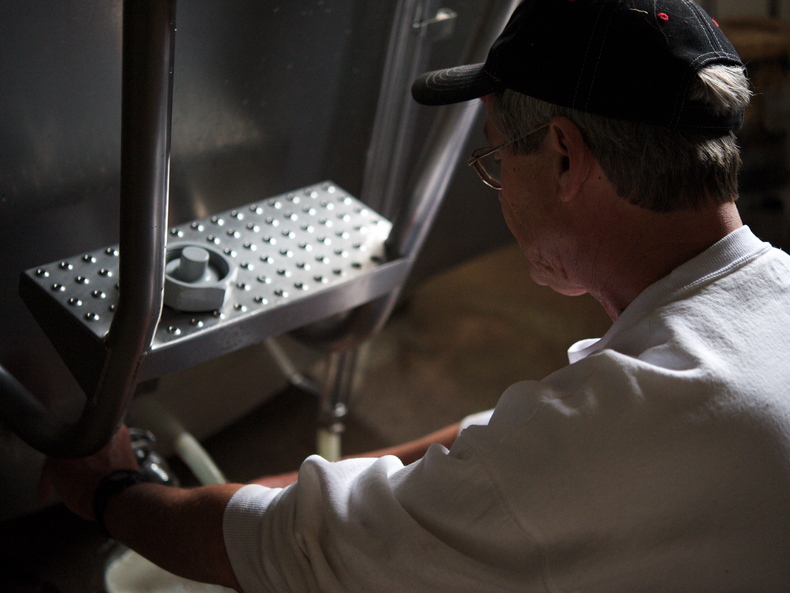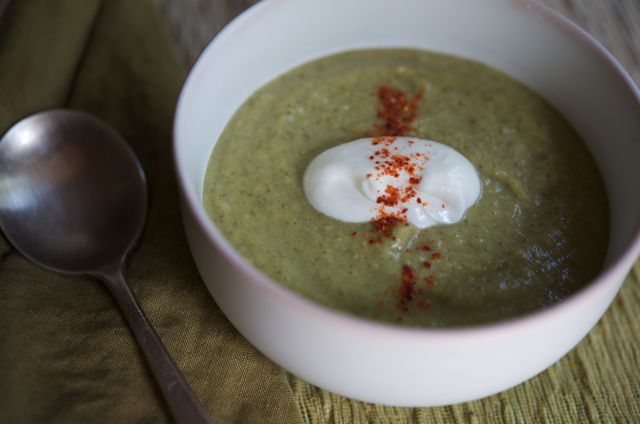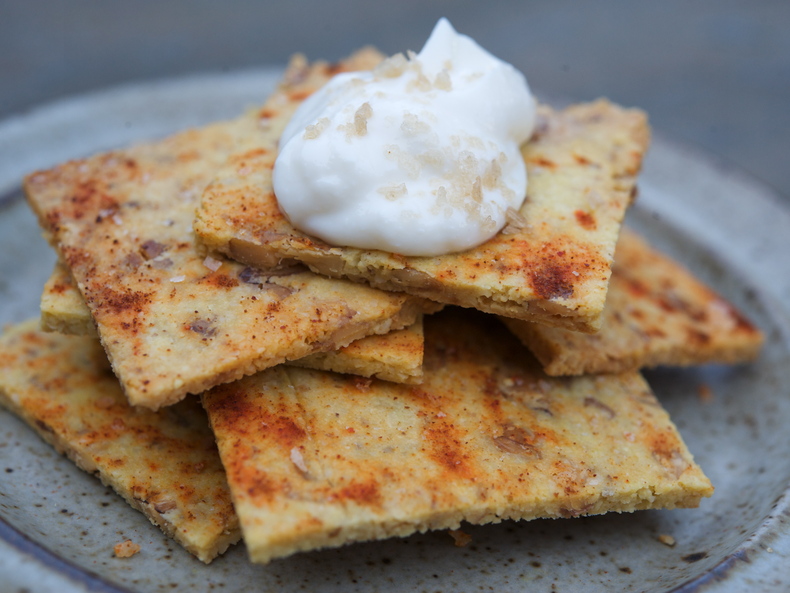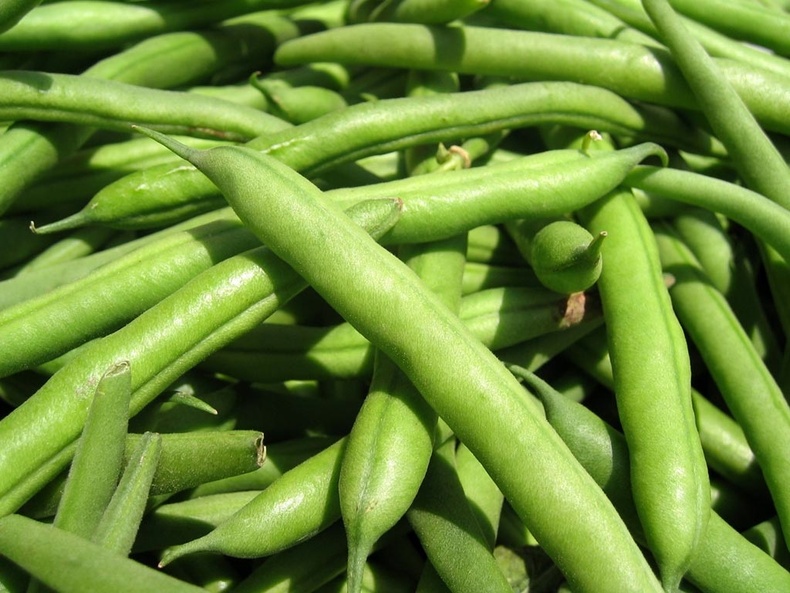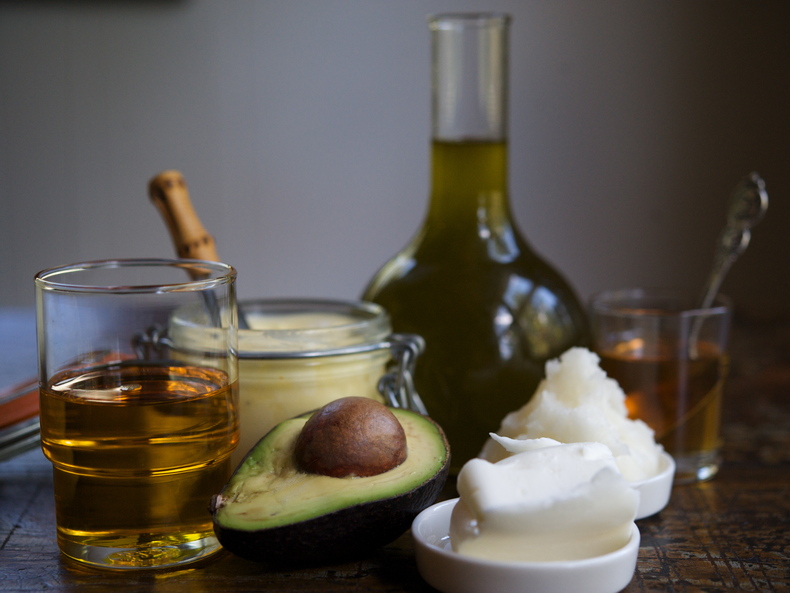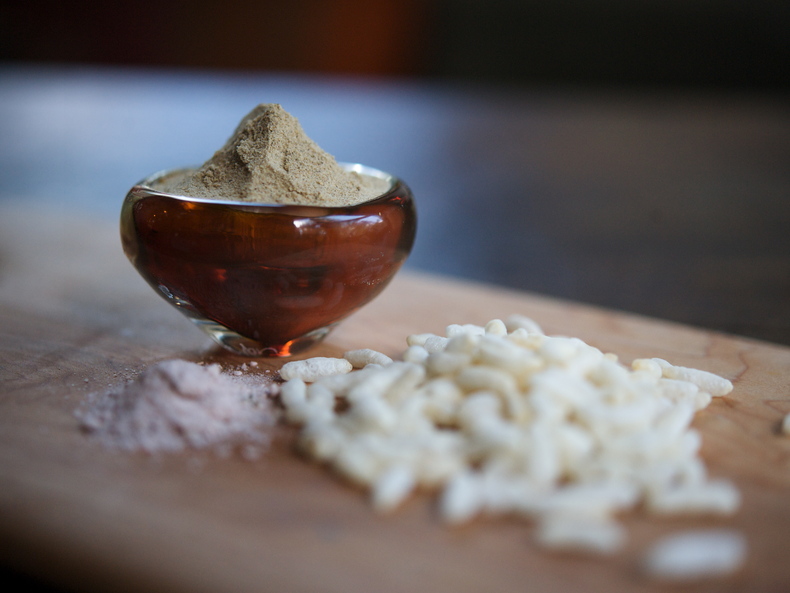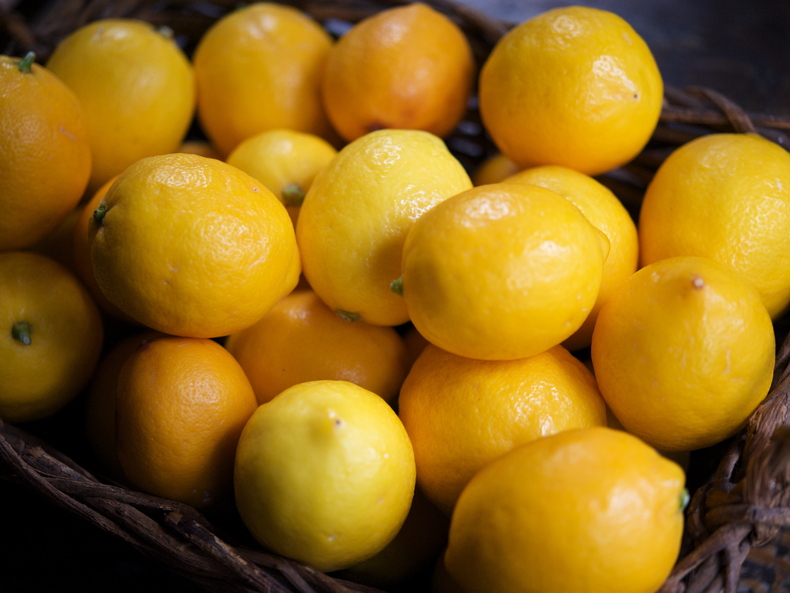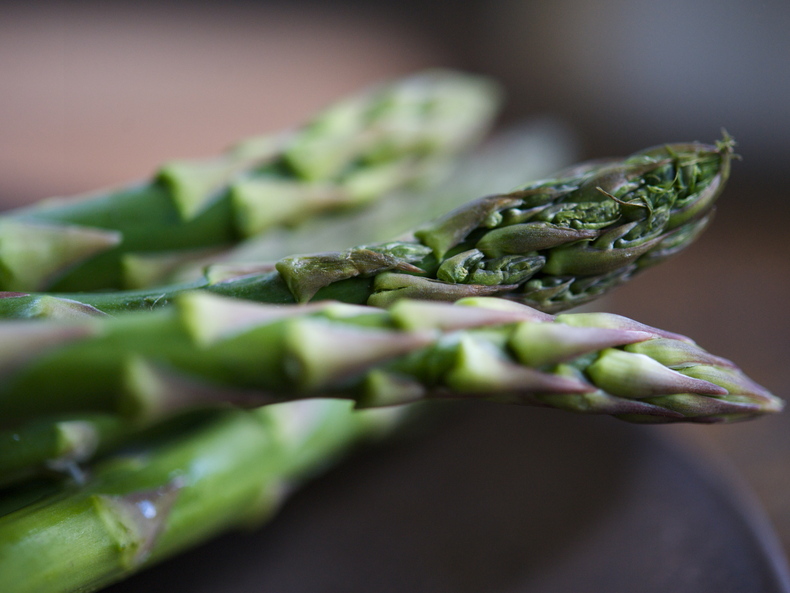I accidentally bought a dozen avocados last week thinking that it was Memorial Day this Monday instead of next, so I wound up making an impromptu cold avocado soup as a prelude to a Mexican dinner on Sunday. It came out more like a thick puree and I decided to serve it that way, sprinkled with just a bit of aromatic piment d'Espelette. It was VERY creamy and smooth. This paved the way for goat birria, a dish typical of blue-collar restaurants in Guadalajara. You basically slow-roast or braise a goat leg (we got one at the farm), then shred it and top it with a chile-tomato sauce spiced with cumin, cloves and a little cinnamon. Wrapped in a warm corn tortilla with a squeeze of lime, some chopped onion and cilantro, it's quite delicious. If you can't get goat, you could try this with lamb or pork. Speaking of smooth and creamy, you've undoubtedly noticed the chocolate ice cream, above, and are probably wondering when I'm going to get to that.
Read More...






